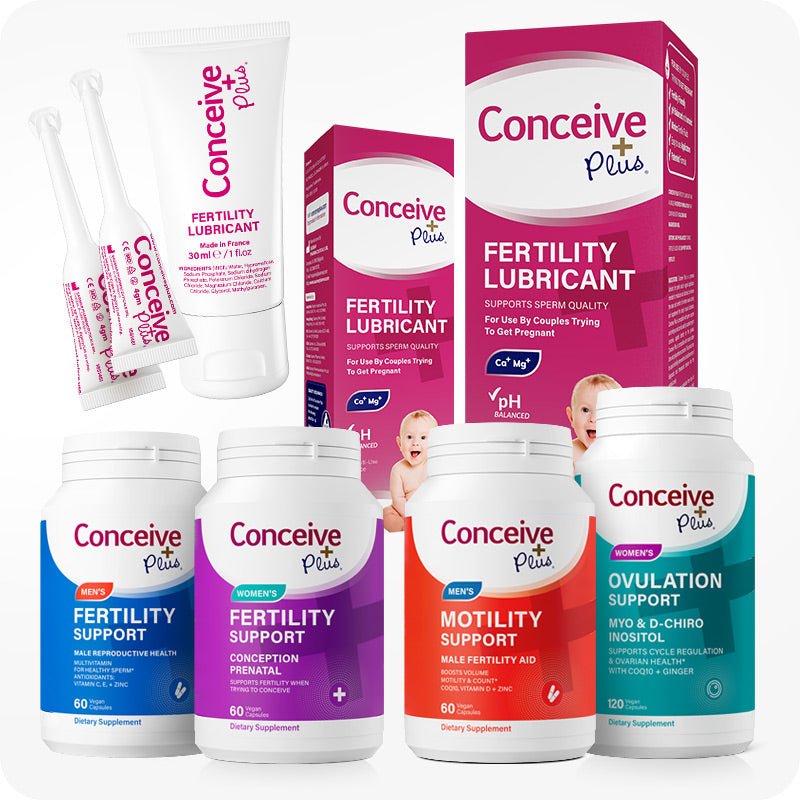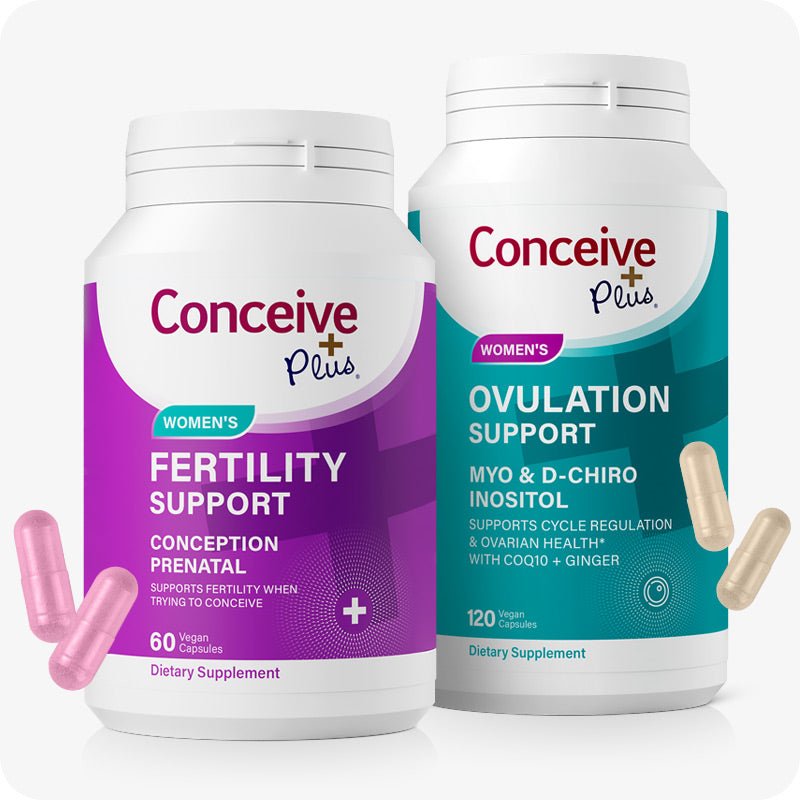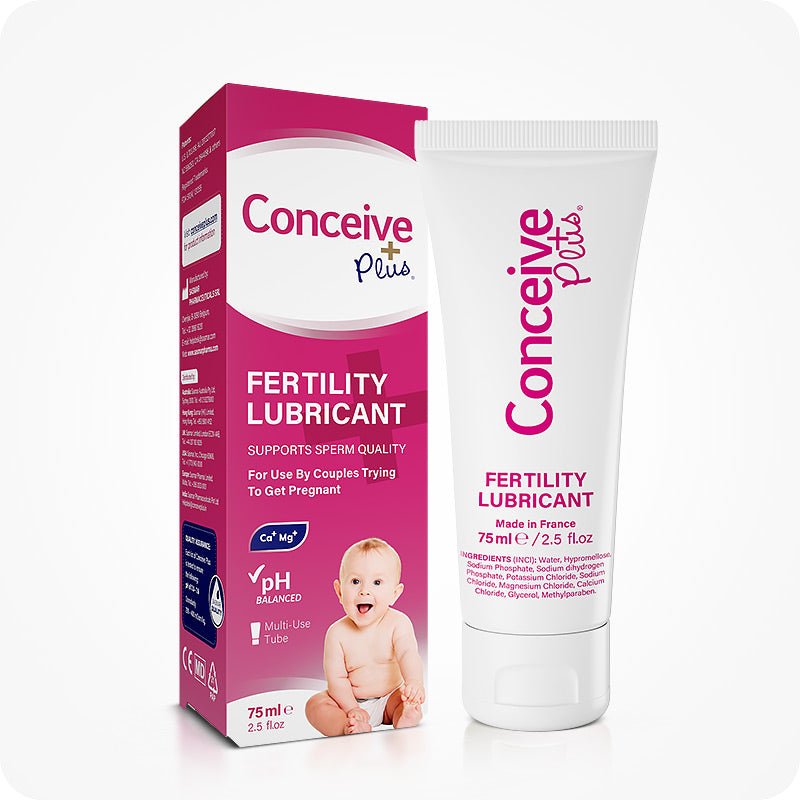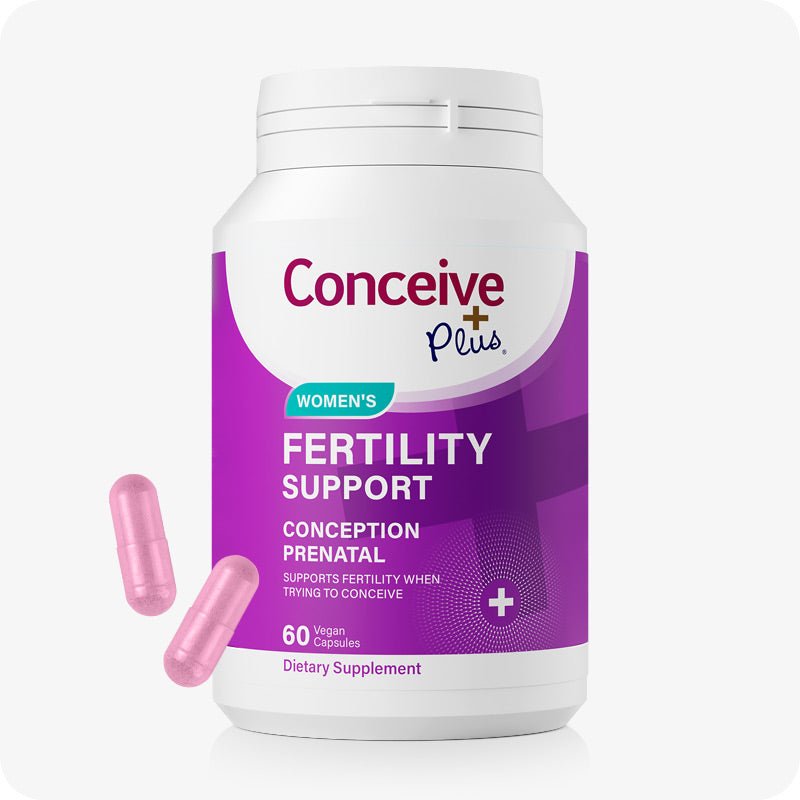How Can I Get a Sperm Test Near Me?
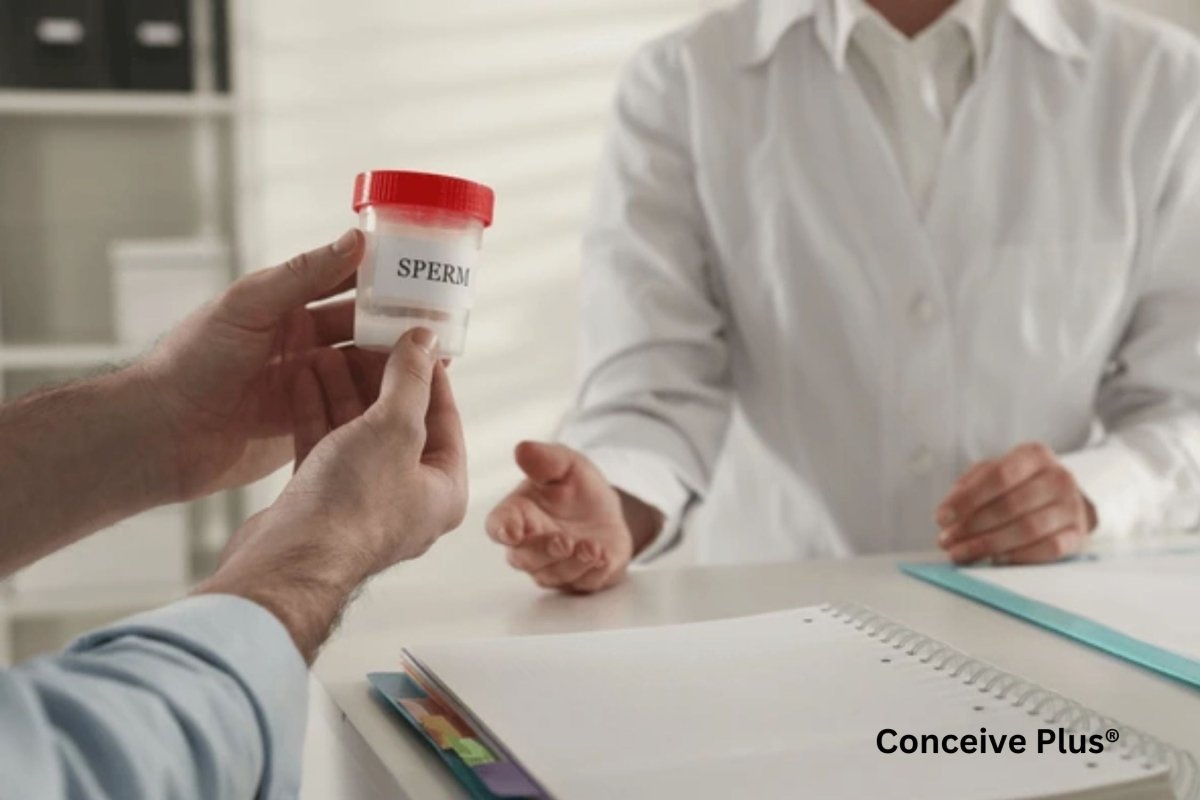
Male fertility is an important factor in family planning as it impacts the chances of conception equally as female fertility. How fertile a male is depends on the health of sperm cells, which are the male reproductive cells that fertilize female eggs for pregnancy [1].
There are many ways to evaluate male fertility health, but a simple and effective way is by taking a sperm test. This test helps you understand if your sperm cells are normal and can fertilize a female egg successfully or not.
In this article, we will explore different sperm parameters and how a sperm test gives valuable insights into your fertility health. The article also answers a common concern of males: Where do I get a sperm test near me?
Male Fertility and Sperm Cells
Male fertility refers to a man’s ability to produce healthy sperm that can combine with a woman’s egg to start a pregnancy [2]. Many couples face challenges when trying to have a baby. In about half of these cases, poor male fertility or poor sperm health is the primary reason [3].
A sperm test can help find out if the sperm is healthy and can lead to pregnancy. These tests usually check the ability of sperm cells to swim properly and the quantity of sperm cells, both essential for successful fertilization.
Sperm Parameters That Determine Male Fertility
Since sperm is the male reproductive cell, different sperm health parameters determine a male fertility health and his ability to conceive. These parameters include sperm count, sperm motility, and sperm morphology [4].
-
Sperm Count
Sperm count is the number of sperm present in one milliliter of semen. A normal sperm count usually ranges from 15 million to more than 200 million sperm per milliliter of semen [4]. This range can vary from one person to another.
A normal or higher sperm concentration means there are more chances for a sperm to meet an egg. Lower sperm count reduces the chances of sperm meeting an egg, making conception challenging.
-
Sperm Motility
Sperm motility is a measure of how well sperm cells can move. Good movement is important because sperm need to swim through the female reproductive system to reach the egg.
Even if there are many sperm, if they do not move well, they may not be able to reach the egg. In a healthy sample, at least 40% of the sperm should move in a forward, straight line [3].
-
Sperm Morphology
Sperm morphology refers to the shape and structure of the sperm. A normal sperm morphology includes an oval-shaped head and a long tail. The long tails help sperm swim and reach the egg, while the oval-shaped head facilitates the penetration of sperm into the egg during fertilization [5].
Abnormal sperm shapes, which include head and tail defects, can make it difficult for sperm to reach the egg inside the fallopian tube and fertilize it.

What Can Impact Sperm Parameters?
There are many factors that can affect sperm count, motility, and morphology. In some cases, you can manage these factors and improve sperm parameters. These factors include:
-
Lifestyle Factors
Smoking is a major lifestyle factor that can lower sperm count and reduce sperm motility. In addition to reproductive health, smoking also results in alarming effects on overall health. If you drink too much alcohol, it may also harm sperm quality and lower your fertility.
Diet is an important lifestyle factor that has a direct influence on fertility health and sperm quality [6]. Foods rich in vitamins and minerals can help improve sperm count, motility, and morphology. On the other hand, a diet high in processed foods and fats can negatively impact sperm quality.
-
Environmental Factors
Sperm production can be sensitive to heat. Spending a lot of time in hot tubs, saunas, or using laptops on your lap may raise the temperature in the testicle area.
If you have regular exposure to certain chemicals and radiation at work, it also poses a threat to your sperm quality and overall fertility health.
-
Health Conditions
Certain infections in the reproductive tract can lower sperm count or damage sperm shape. Problems with hormones that control sperm production can also lead to issues with sperm production and overall fertility.
Varicocele is a health condition characterized by an enlarged vein in the scrotum. This condition is associated with reduced sperm count and sperm motility. If your medical condition requires certain treatments, like chemotherapy or radiation therapy for cancer, it can harm sperm production [7].
-
Age
Unlike females, a healthy male body continues to produce sperm cells throughout life. However, it is also true that sperm quality and number decline with age [8]. This is why you may find it harder to conceive at an older age compared to your peak fertility age, which is between 25 and 30 years of age.
How Can a Person Test Their Sperm?
There are two main ways to test sperm: at-home sperm tests and in-clinic tests. Both options have their advantages and limitations.
-
At-Home Sperm Tests
At-home sperm tests are a convenient way to get an idea about sperm quality without going to a clinic. These tests usually measure basic factors such as sperm count and sometimes motility.
How They Work
The first step is to order a sperm test kit online or get one from a pharmacy. Once you have the test kit, follow the instructions to collect a semen sample. This is usually done by masturbating into a clean container.
The next step is to test the seminal fluid using a test strip or a small device that gives a result. Some kits have a digital readout that makes it convenient to understand the results. The test will usually tell you if your sperm count is low or within a normal range.
Advantages and Limitations
The most common reasons people choose at-home fertility test kits are privacy and convenience. These kits give quick and easy results at a cost significantly lower than clinic tests.
Besides many advantages, at-home fertility tests also have limitations. At-home tests may not measure all aspects of sperm health, such as sperm motility, morphology, or volume. They cannot diagnose underlying medical issues; you will still need to see a doctor if you get a concerning result.
-
In-Clinic Sperm Tests
In-clinic sperm tests, often called semen analysis, are done by medical professionals [4]. These tests offer a more detailed analysis of sperm health.
How They Work
You can make an appointment with a urologist or a fertility specialist after planning a sperm test. Many clinics have a private room where you can collect your semen sample. Some clinics allow you to collect the sample at home and bring that sample to the clinic, but this is less common because of the chances of contamination.
After you submit the sample, a laboratory technician examines the sample under a microscope. They measure sperm count, motility, morphology, and other factors. Your doctor will review the results with you and discuss what they mean for your fertility.
Advantages and Limitations
The best advantage of in-clinic sperm analysis is that it gives detailed and accurate results. It helps you evaluate multiple parameters of sperm health with a single sample. Another benefit of in-clinic sperm testing is that medical advice is available immediately if you need it. The limitations of in-clinic sperm testing include higher costs and inconvenience.
Locating Sperm Analysis Test Near Me
If you decide to get a sperm test, you might search for “sperm test near me” online. Here are some simple steps to help you find a sperm testing facility near you:
-
Use an Online Search Engine
Search keywords or phrases like sperm analysis test near me, semens analysis test near me, or male fertility test near me on the internet. Once you find your options, check reviews and ratings to find a trustworthy facility.
Make sure the facility is open at times that work for you and is located in an area that is convenient for you. You can also filter your options based on the price.
-
Ask Your Primary Care Provider
Your primary doctor can refer you to a trusted fertility specialist or a urologist. Doctors usually have a list of trusted clinics or labs where you can get a sperm test.
-
Check with Local Hospitals and Clinics
Many hospitals have fertility or urology departments that provide semen analysis. To check if a hospital offers this service, you can visit their website or call them directly for confirmation. Community health centers in some areas sometimes offer testing services at lower costs.
Tips for Getting Accurate Sperm Test Results
If you plan to have a sperm test, here are some tips to help you get accurate results:
- Follow Instructions Carefully: Whether you are using an at-home kit or visiting a clinic, read and follow all the instructions carefully. This will help you collect the sample correctly and avoid any confusion at any stage of the testing procedure.
- Avoid Contamination: When collecting the semen sample, make sure your hands and the container are clean. Follow the guidelines for collecting semen to avoid contamination that could affect the results.
- Abstinence Period: Doctors often advise you to avoid ejaculation for 2 to 7 days before the sperm analysis [9]. This is because your body takes time to replenish normal sperm levels. Following guidelines about the abstinence period helps ensure that the sample is of good quality.
- Inform Your Doctor About Medications: Some medications or supplements can affect sperm production. Tell your doctor about any treatments or medications you are taking before collecting the semen sample.
The Bottom Line
A sperm test report is an important parameter in understanding male fertility. These tests help you evaluate the key factors of sperm health, including sperm count, motility, and morphology.
There are two options for you if you are looking for sperm testing to evaluate your fertility health. At-home sperm tests let you test the sperm count in a convenient and cost-effective way. However, in-clinic tests offer more details about sperm health and overall fertility status.
So, if you plan to go for an in-clinic sperm analysis option and are curious about how to get a sperm test near me, search on the internet with keywords like sperm count test near me, or sperm test near me. You can also ask your primary healthcare provider for trusted fertility testing center options.
Resources Used
- Pascual, Z. N., & Langaker, M. D. (2023). Physiology, pregnancy. In StatPearls. StatPearls Publishing. Retrieved from https://www.ncbi.nlm.nih.gov/books/NBK559304/
- Gurung, P., Yetiskul, E., & Jialal, I. (2023). Physiology, male reproductive system. In StatPearls. StatPearls Publishing. Retrieved from https://www.ncbi.nlm.nih.gov/books/NBK538429/
- Leslie, S. W., Soon-Sutton, T. L., & Khan, M. A. B. (2024, February 25). Male infertility. StatPearls. StatPearls Publishing. Retrieved from https://www.ncbi.nlm.nih.gov/books/NBK562258/
- Sunder, M., & Leslie, S. W. (2022, October 24). Semen analysis. In StatPearls. StatPearls Publishing. Retrieved from https://www.ncbi.nlm.nih.gov/books/NBK564369/
- Alberts, B., Johnson, A., Lewis, J., Raff, M., Roberts, K., & Walter, P. (2002). Molecular biology of the cell (4th ed.). Garland Science. Retrieved from https://www.ncbi.nlm.nih.gov/books/NBK26843/
- Skoracka, K., Eder, P., Łykowska-Szuber, L., Dobrowolska, A., & Krela-Kaźmierczak, I. (2020). Diet and Nutritional Factors in Male (In)fertility—Underestimated Factors. Journal of Clinical Medicine, 9(5), 1400. https://doi.org/10.3390/jcm9051400
- Meistrich, M. L. (2013). The Effects of Chemotherapy and Radiotherapy on Spermatogenesis in Humans. Fertility and Sterility, 100(5), 10.1016/j.fertnstert.2013.08.010. https://doi.org/10.1016/j.fertnstert.2013.08.010
- Harris, I. D., Fronczak, C., Roth, L., & Meacham, R. B. (2011). Fertility and the Aging Male. Reviews in Urology, 13(4), e184. https://pmc.ncbi.nlm.nih.gov/articles/PMC3253726/
- Semen analysis. (n.d.). https://medlineplus.gov/lab-tests/semen-analysis/






